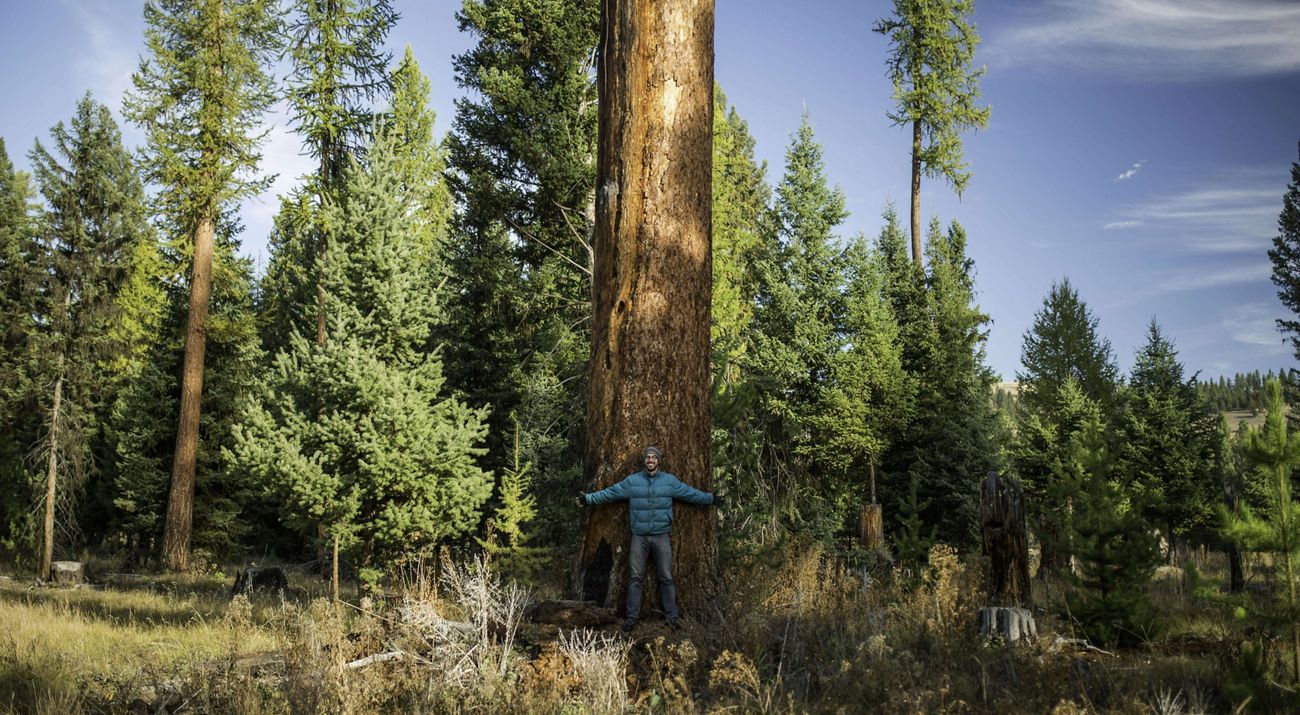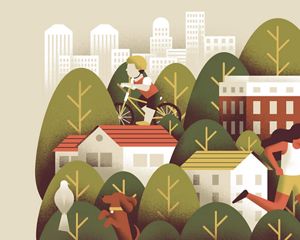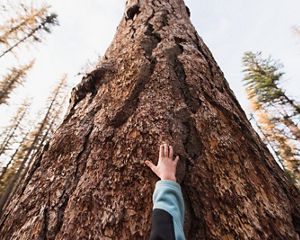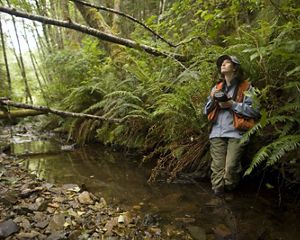6 Ways Trees Benefit All of Us
No matter where you live, forests and trees use their many powers to support our lives—and all life on Earth. Their health is our health.
Trees have been with us throughout our whole lives. They’re the background of a favorite memory and that welcome patch of green our eyes seek as we gaze out our windows.
While they are silent and stationary, trees hold tremendous powers, including the power to make all our lives better and healthier.
Stay in the Loop.
Get conservation stories, news and local opportunities from where you live.
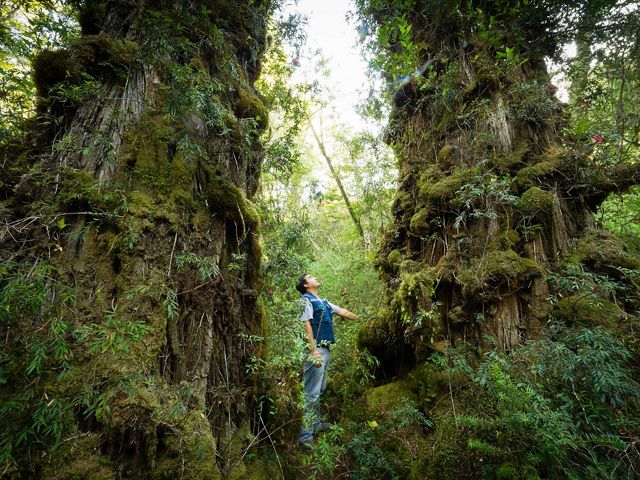
#1: Trees help fight climate change.
Through photosynthesis, trees absorb carbon dioxide from the air and store it in its wood. Trees and plants will store this carbon dioxide throughout their lives, helping slow the gas’s buildup in our atmosphere that has been rapidly warming our planet.
In the U.S., forests are one of the most promising natural climate solutions—that is actions to protect, better manage or restore nature to store more carbon. Trees are looking out for us, so we have to look out for them. Older, larger trees store a lot more carbon than young trees, so it’s important that in addition to planting new trees, we conserve and protect ancient giants of old growth forests.

#2: Trees boost our mental and physical health.
A healthy tree can lead to a healthy you and me. A study by a TNC scientist shows that time in nature—like a walk among the trees in a city park—correlates with a drop in anxiety and depression. In Louisville, Kentucky, researchers have found that planting 9,000 trees improved neighbors' health conditions that are linked to heart disease, stroke and some types of cancer.
The good news: it doesn’t take a lot of time in nature for these soothing powers to kick in. You may have felt the benefits from a short walk or hike in your neighborhood. We’re drawn to green spaces, and for good reason.
Access to nearby green space also contributes to better physical health by encouraging us to move around and exercise. Because we move around more when we have access to trees and parks, nature can help lower rates of obesity.
#3: Trees clean the air so we can breathe more easily.
Leave it to leaves. Trees remove the kind of air pollution that is most dangerous to our lungs: particulate matter. This pollution arises from the burning of fossil fuels and can reach dangerous concentrations in the largest cities as well as in neighborhoods near highways and factories.
Trees’ leaves will filter this dangerous pollution, but only if they’re planted near the people who need them; most of the filtration occurs within 100 feet of a tree. More trees in cities, especially in lower-income neighborhoods close to highways and factories, can reduce ailments like asthma and heart disease that cause 5% of deaths worldwide.
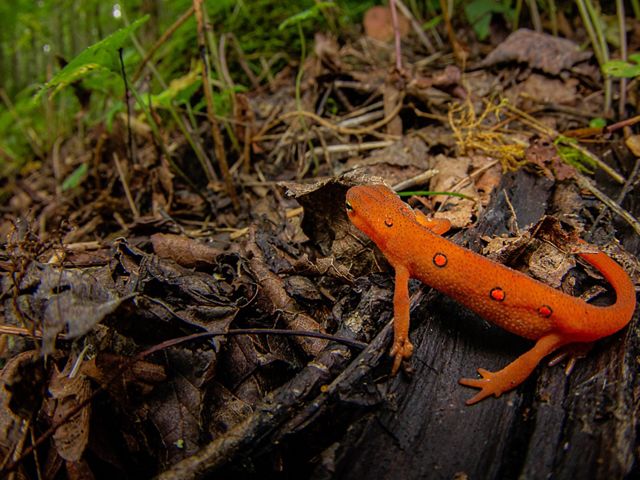
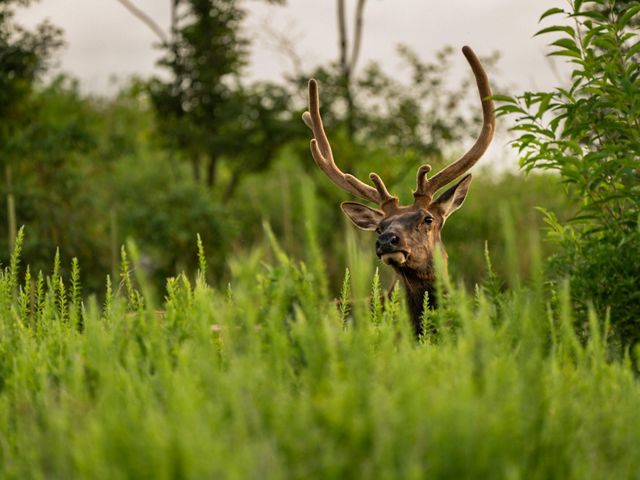
#4: Trees and forests provide habitat for a diversity of life.
A forest is more than a collection of trees. It is a complex ecosystem of diverse plants and animals. And this interconnected relationship of all forest species ensures the whole forest thrives—from soil to canopy. Old-growth forests, the forests that we need to protect most urgently, create habitats at the ground level, at the top of their tree canopies, and everywhere in between. All of these different habitats in a single area allow so many diverse species to thrive.
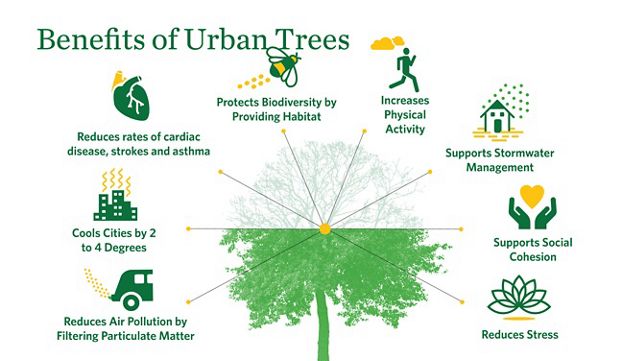
#5: Trees cool down your life, and could even save it.
Trees give us all shade—and that’s a good thing! Temperatures are rising and heatwaves are getting longer due to climate change. Some places feel the heat more than others. Neighborhoods with lots of pavement absorb more heat and can be five to eight degrees hotter than surrounding areas. These areas also stay hotter later into the night, which is detrimental to our health.
Enter our branchy, leafy neighbors. A tree’s shade acts like a natural air conditioning and can even keep down the energy costs of our actual air conditioning systems, which are increasingly working overtime.

#6: Trees and forests filter your water, making your drinking supply cleaner and more reliable.
Raise a glass to a tree near you! Actually, raise your glass to trees far from you, as your water has traveled on a long journey to your faucet. Trees store and filter more than half of the water supply in the United States.
Forests do this by removing pollutants and sediments from rainfall and then slowly releasing the water back into waterways and underground aquifers. Thanks to trees, this naturally cleaner water is easier and cheaper to treat before it ends up in your tap. The water supply is also steadier because all of the rainwater didn’t end up in a river right away; it seeped through these natural filters over time.
To fully use their powers, trees need our help.
While trees are resilient, they are not invincible—and they need our help. When you support The Nature Conservancy, you’re helping to plant more trees, protect old forests and restore forests that have been partially developed. So, together, we’re helping our planet and giving an important gift to our children and their children.

Stay connected for the latest news from nature.
Get global conservation stories, news and local opportunities near you. Check out a sample Nature News email.
